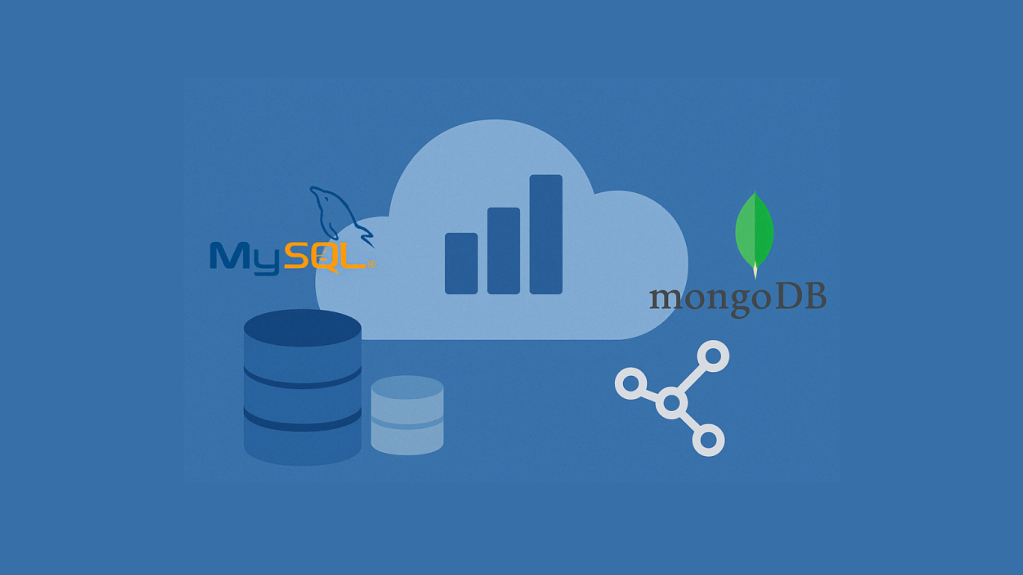Magento is, undeniably, one of the most successful e-commerce platforms in the world. With more than 250,000 online stores using the platform, accounting for 12% of all e-commerce sites, Magento is a powerhouse. And many of those sites were running on Magento 1 – the version of Magento that will reach End-of-Life on June 30, 2020.
It’s hardly a surprise that Magento, and its parent company, Adobe, will be concluding updates and support for version 1 of the platform. Originally released in 2007, the 13-year-old e-commerce solution was repeatedly updated and added to by the open-source community even after Version 2 was released in November 2014.
If at this point you’re still running Magento v1, you’ll need to make some decisions quickly on how to move forward. The more complex your Magento implementation is, the smaller the window to do something is going to seem. But even if you’re finding this article after the June 30 drop-dead date, there are still actions you can take to get up to date.
The Impacts of Magento 1 End-of-Life
Upgrading from Magento 1 to Magento 2 is about more than not getting any new features. Continuing with Magento 1 would leave your e-commerce business vulnerable in a number of ways:
- Features: New plugins and updates to old ones will no longer work with the older platform. It may take some time for this to impact your store, but it will happen eventually and is likely already the case for at least some of your plugins.
- System patches and updates: It’s worth reiterating that End-of-Life for Magento 1 means that there will be no new releases or patches. If bugs are found in Magento 1, there won’t be a fix for them.
- Security: More than bugs get fixed with patches. Security holes crop up all of the time in existing software. In fact, roughly 60% of security breaches in 2019 were caused by unpatched software.
- PCI Compliance: Probably the biggest, most concerning impact for you if you’re running Magento 1 after June 30, 2020, is that you will no longer be PCI compliant.
Need help updating Magento?
Actions to Take if You’re Running Magento 1.x
It’s clear that running a version of Magento 1 after June of 2020 isn’t in your company’s best interest. So what choices do you have?
The easiest and fastest route is to upgrade your existing Magento implementation to the 2.0 platform. It’s the fastest because the upgrade itself is fairly straightforward and can be done quickly. It’s the easiest because the learning curve for your team on operating Magento 2.0 will be less than the alternatives.
What alternatives, you ask? Well, you could completely change over to another e-commerce platform. However, with the limited time left before Magento 1 is no longer under support, this is less of an option. Moving to a new e-commerce platform is not an overnight prospect unless your site is very small or has very few products. Even then, it will take weeks to have everything migrated and fully tested.
Understanding this, updating is the only realistic option in the time left. If for some reason, you’re thinking about moving to another e-commerce platform, you’re probably better off doing the Magento upgrade so that you can safely take your time evaluating and implementing the competition.
The idea of upgrading Magento may be daunting. Depending on the complexity of your implementation, it could be an involved process. Unless you’ve got a simple setup, have a dedicated internal team of developers, or are deep into the administration of your Magento setup yourself, you may want to call in the experts. Even if any of that preceding list is true, you may still want to call in a consulting partner that can concentrate on the upgrade without other projects interfering.
How to Upgrade to Magento 2.x
Magento 2 is different from Magento 1 all the way down to the database. That means that moving from 1.x to 2.x isn’t really an upgrade – it’s a complete migration to a new system. And, as a result, it will take a greater level of care and attention to detail than a simple upgrade would take.
Because the database schema changes significantly between the versions, your data must be exported and transformed into the new database tables. In some cases, the data may need to be discarded all together. Magento has created a data migration tool to help with the process.
The core system has also changed. The new directory structure and the internal operations mean that you or your development team will need to test and potentially re-write your modules, themes, and templates.
There is no way to do this migration on your live servers. To move from 1.x to 2.x of Magento, you’ll need to run a test version of the upgrade to your storefront before doing the same on your public-facing e-commerce store. By performing an upgrade on a test environment, you’ll be able to see any bugs, module modifications, or layout issues that crop up during the upgrade.
Moving Magento from version 1 to version 2 isn’t an option if you want to keep your online storefront operational and secure. The deadline to update is coming quickly, and you’ll want time to complete the work and fully test all of your components. Because of the vast number of changes between 1.x and 2.x, the work can seem overwhelming. However, the help of a certified Magento partner can help you get your platform upgraded quickly and your store running smoothly.









